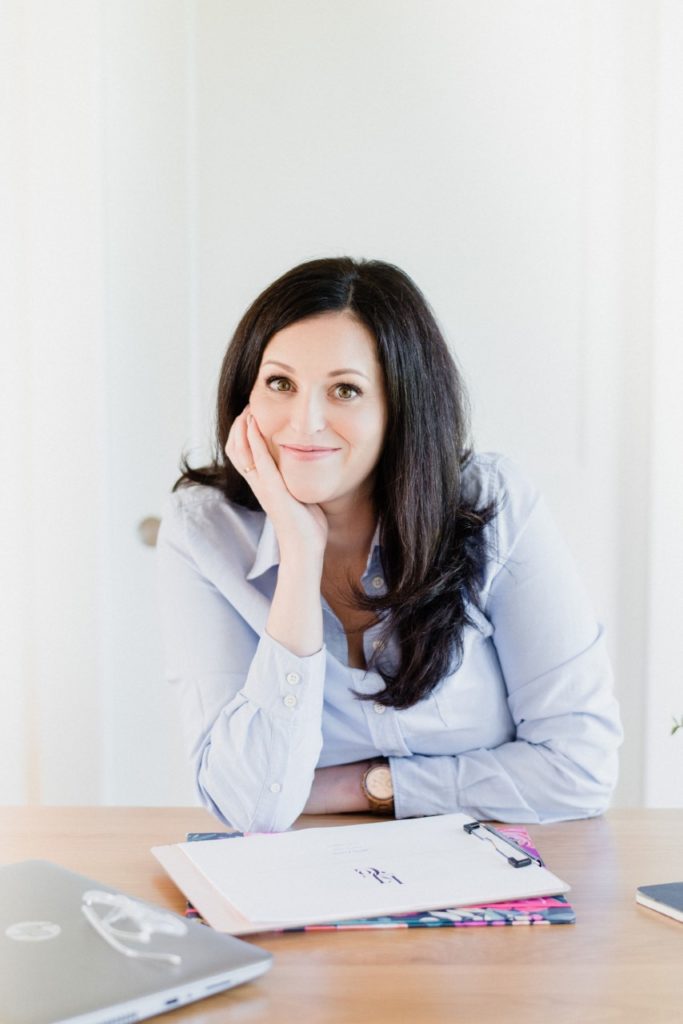
By: Krista Olynyk, WPICC of KJ & Co.
Joining the event industry at 14, Krista brings more than 20 years of on-site design and coordination experience to the table. Since launching KJ & Co. in 2012, she went full time in under a year, and books out each season. Her clients have appreciated her practical and collaborative approach to planning. Her work has garnered rave reviews, multiple print and web features, and awards. Nowadays her most important role is #momboss. Running multiple businesses while taking care of two young kiddos is an adventure. Her marketing diploma and multi-faceted business makes her a sought after consultant among her peers. Previously launching Aisle Academy, she now offers one-on-one coaching for wedding pros.

Whether you’ve just started your wedding planner business or you have a few seasons under your belt, building a network of wedding pros and venues to do business with is an important ongoing task.
I see wedding pros new and old making two mistakes regularly:
1) Waiting until you have a client booking or a need for a specific vendor to source them. This is slowing you down, big time.
2) Crowdsourcing, asking for referrals from message boards or friends.
This is lazy, and problematic. Those referrals aren’t one-size-fits-all and definitely not tailored to your clients.
So let’s start with when to source wedding pros…
Start right away! Hit the ground running.
The more information you can gather in advance of your wedding planning clients needing it, the better you’ll be able to make solid recommendations. And faster. By not having to research everything from scratch, you’ll save time and impress clients with how quickly you can make recommendations.
Think of it this way, you could spend days or weeks, waiting for answers from multiple venues and vendors with their pricing. But if you’ve gathered most of the details in advance, you can turn over the information quickly. And reach out to them right away about availability.
You don’t have to have a client in mind, when you reach out to venues or wedding vendors for their info. Don’t wait for bookings. Start inquiring as soon as you’ve started your business and save all the info you can get your hands on.
A simple email inquiry is all it takes, introducing yourself and letting them know you’re interested in their services, so that you can refer suitable clients in the future. I recommend starting with businesses in your immediate area (or target areas) and focus on those that are a budget and style-fit with your Ideal Client.
TIP: From a vendor’s perspective, it can be disappointing to get a client inquiry form submitted that’s not actually relevant to a booking. As a wedding pro, sometimes, it’s best to reach out with a direct email, rather than the website contact form.
If it seems like a really great fit for your Ideal Client, why not book a site visit to a venue, to familiarize yourself, or invite a new vendor to coffee. This is your chance to begin networking with those businesses you’d like to work with in the future.
Don’t be offended if a business-owner or venue sales rep declines an appointment. Everyone’s time is precious. Typically, they’ll be happy to send package and pricing in the very least.
Research like this a great use of your time ahead of booking actual clients. You’ll be well-versed in pricing and offerings for your area, knowledgeable about venues your local clients may have booked already, and have already built a rapport with many wedding pros.
How should you save all this info?
I like to save emails with pricing and package PDFs in a simple “Vendor Info” folder, to make for easy searching later on. Then I transcribe the most important details needed to prequalify a venue or vendor into spreadsheets. I like to refer to these spreadsheets as my “Rolodex”. For years now, I’ve kept two spreadsheets; one for venues, and one for vendors. You can get your own copy of those right here.
When it comes to venues, I have a tab for different regions in my service area. Each venue gets it’s own row and they’re hyperlinked to their website. Then I have columns for tracking capacity, site and ceremony fees, basic package rates, and other notes. Record whatever basic info is needed to crunch the numbers and determine if a venue seems like an initial fit with your client’s budget and guest count.
For vendors, I keep a tab for each different category, such as photographers, videographers, DJs, bands, florists, stationers, rentals, beauty, wardrobe and so on. I like to include their email and websites, as well as region and suitable categories based on the type of vendor. For example, my photography tab tracks their style (light and airy, or dark and moody, etc.), and what their basic rates are for different packages broken in to 8, 10, 12 hours of coverage. I also note whether or not extras like an engagement session are included. Whatever details allow me to prequalify them initially for clients.
TIP: When I come across someone new and interesting on Instagram or on a blog, I reach out for their info to save to my spreadsheets.
I built up my “Rolodex” in the very early stage of my business and even teamed up with fellow planners to update them as a Google spreadsheet to save us all time. Eventually, keeping the info up to date became a task for my virtual assistant or interns. They would check in annually to get updated pricing. Don’t forget to get your own copy of my spreadsheet templates right here.

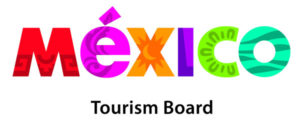
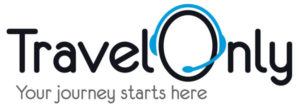
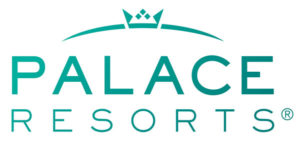
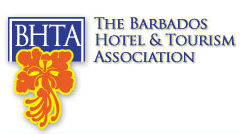
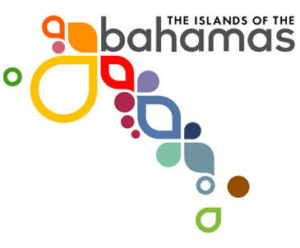

Thank you for this useful post. I usually use Instagram to build vendor list. If I saw a post of a vendor which is suitable with my work, I will save it to collections which classified by types of vendors, such as videographer, florist, venues, wedding planner, ect. Then I will follow and reach out by a message on IG. People use Insta everyday, normally they will response quickly and follow you back. IG is very useful tool to keep update with your vendors’ activities and have a great engagement for future projects.